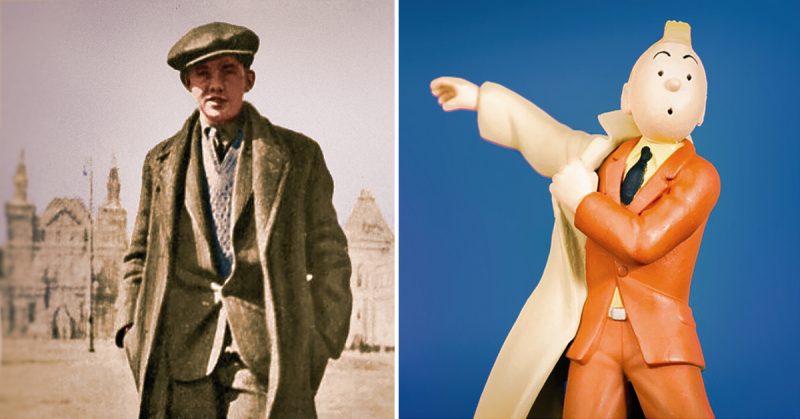In a world of Superman, Batman, Spiderman, or Wonder Woman, we have the wonderful Tintin, a cowlicked teenager from Belgium who doesn’t possess any superpowers but wins every fight and always does the right thing.
He goes everywhere with his fox terrier, Snowy and sometimes gets help from his loyal friend Captain Haddock, the Thompson twins, and Professor Calculus.
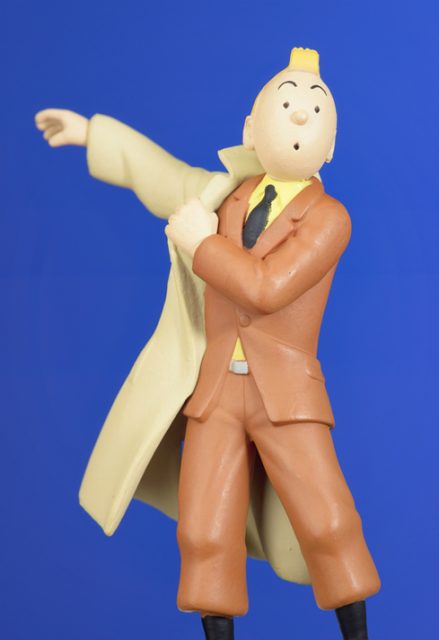
Tintin travels around the world and acts in the name of justice by foiling bad criminals. He is one of the most beloved characters in Europe and even Charles de Gaulle once declared that Tintin was his only international rival, saying that “nobody notices, because of my height. We are both little fellows who won’t be got at by big fellows.”
Tintin made his debut in January 1929 in Le Petit Vingtiéme, a kids’ supplement of a Belgian newspaper.
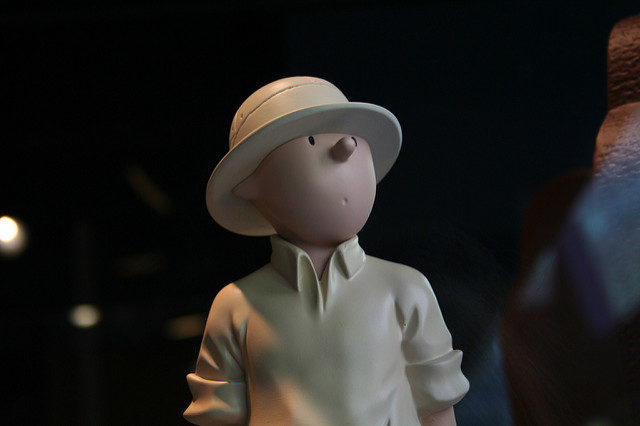
He was created by the Belgian artist Georges Remi, better known as Hergé, who never expected that his character would gain such popularity.
Tintin appeared in an independent comic book that sold more than 200 million copies; on television; and even on the big screen, in the animated movie The Adventures of Tintin: The Secret of the Unicorn by Steven Spielberg.
Believe it or not, Hergé was inspired by a real-life person for Tintin’s adventures. Although there is a debate about who is the real Tintin, many believe that it was Palle Huld.
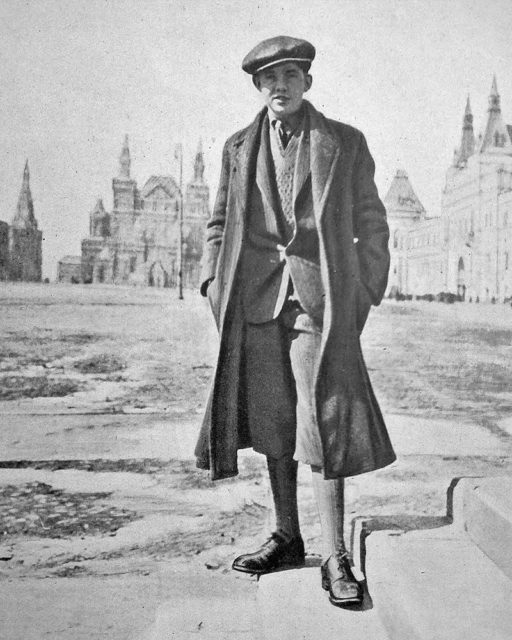
Back in 1928, the Danish newspaper Politiken came with a brilliant idea for a competition. To mark the centennial of Jules Verne, it offered the award of a globe-circling voyage, just as Phileas Fogg did in Around the World in 80 Days.
The competition was opened only to teenage boys. The winner was to complete the voyage unaccompanied, without using planes, and due to safety reasons to return in 46 days instead of 80.
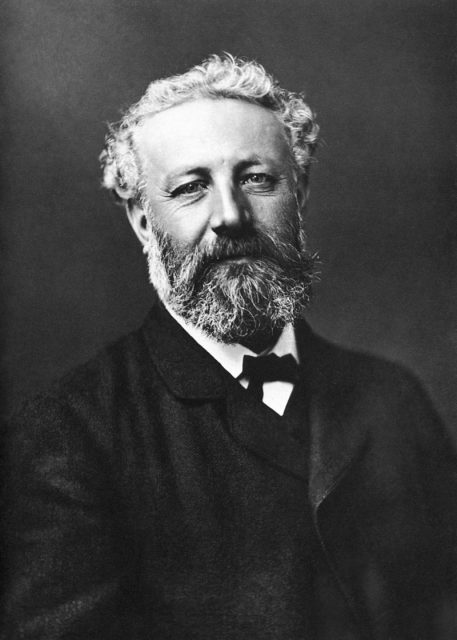
The 15-year-old Palle Huld, freckled, fresh-faced, with a turned up nose, won the prize and on March 1, 1928, he left Copenhagen. He traveled by rail and steamship through England, Scotland, Canada, Japan, Manchuria, the Soviet Union, Poland, and Germany.
After 44 days Huld returned to his homeland and was greeted by a crowd of 20,000 admirers and his worried mother who, according to the Copenhagen Post “had been prescribed sleeping pills for the duration.”
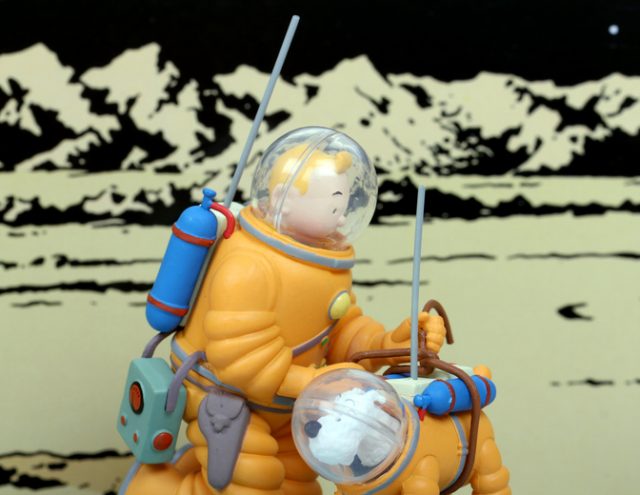
As soon as he got back, Huld wrote a book about his journey. The book was quite popular in Europe and was translated into several languages. Apparently, the book got in the hands of Hergé who decided to illustrate the story.
Palle Huld went on to have a 40-year-long career as an actor in the Danish Royal Theatre and died in 2010 at the age of 98. It looks like he always believed to have been the inspiration for Tintin as he mentioned it on several occasions.
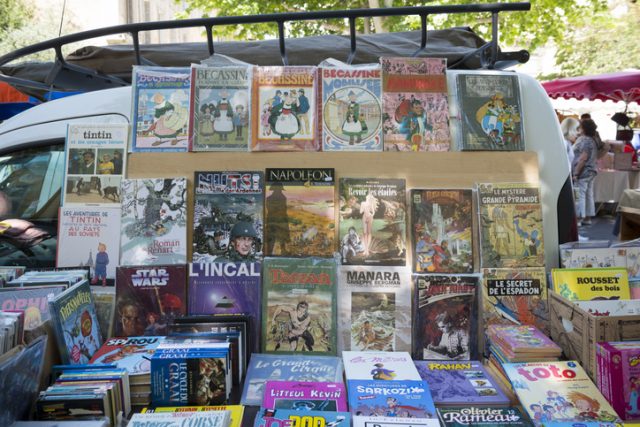
However, there are people who dispute such claims. Pierre Assouline, the writer of a biography about the famous cartoonist in 1996 – Hergé: The Man Who Created Tintin – said that he had never heard of Mr. Huld. Hergé died in 1983 and never truly identified who or what was the inspiration for creating Tintin.
Some people suggest that the real Tintin was actually the French travel photojournalist Robert Sexé. In fact, Tintin and Sexé have many similarities – they both rode a motorbike; both of them had a best friend, and both toured the same countries in the same order.
Sexé toured the Soviet Union, the Congo, and the U.S., in exactly the same order as Tintin in the first three books.
https://www.youtube.com/watch?v=A6ul0sANSYk
According to the BBC documentary Tintin’s Adventure with Frank Gardner, some of the photos that Sexé took on his travels match the scenery that Hergé drew, replacing Sexé with Tintin.
Read another story from us: The Boys who Inspired the Character of Peter Pan
In the end, it could have been both. Both Sexé and Huld sound like very brave and cool people who had interesting lives, immortalized through Tintin’s adventures.
